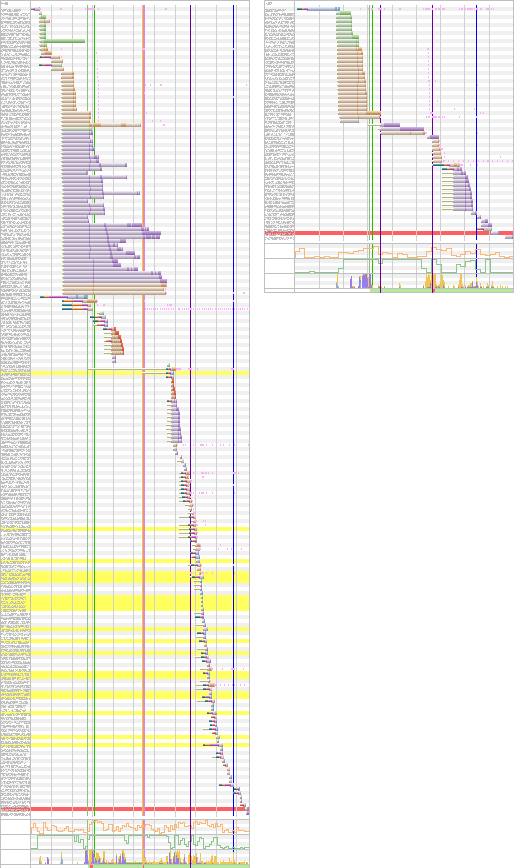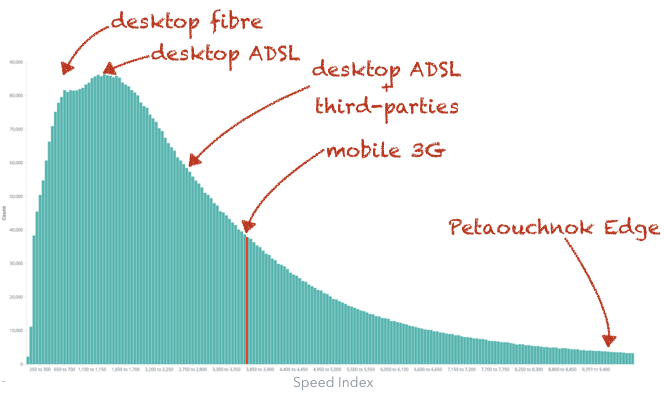
Since May 25, 2018, a website no longer has the right to collect and process the personal data of Internet users without their consent. In theory, a GDPR-compliant site must therefore no longer contain any trackers that the Internet user has not accepted, and if there are any, they must respect data protection; it is from the expression of this consent that cookies can enter the scene to do their work of collecting information.
But for a synthetic webperf monitoring tool, how can we collect data representative of the user experience when this experience depends on the cookies accepted, and when the scenarios are potentially numerous? Here are some explanations to better understand the difficulties posed by the GDPR (and potentially other features) for analyzing the results of synthetic tests.
Cookie or no cookie
To evaluate certain webperf indicators such as Speed Index , Start Render, Time To Interactive , etc., we use synthetic monitoring tools ( WebPageTest , Dareboost and SpeedCurve are some of them).
These tools require defining test conditions (browser, connection speed, device, etc.) to then simulate navigation according to the chosen parameters.
Since this setting is manual (unlike Real User Monitoring tests which collect real-time data on all users via a beacon), the results may not correspond to reality. Why? Because there is not a single reality but a multitude of contexts and for cookies, of scenarios: this type of tool is therefore not made to measure all situations, or at least not to have an overall view of performance.

Example of waterfall for the same page with Third Parties (left) and without any Third Parties (right)
To choose is to renounce

Distribution of the Speed Index on a standard site vs measured contexts
As seen in the graph above: choosing (a context) means giving up – and giving up on other measures.
So, does not seeing cookies in a waterfall mean that there are none on the site? Or that the agent tested the site without cookies and therefore potentially without Third Parties when in fact, for the majority of Internet users, there are some? Does seeing Third Parties in the waterfall mean that the site does not comply with the GDPR? That is the question, and a synthetic monitoring tool does not have the answer!
This problem of representativeness of browsing conditions is not totally new, it already existed before the GDPR, in particular with the various pop-ins that can appear to explain or present a functionality of the site. But it is now amplified because until now it was only a question of display speed (therefore Speed Index), while the impact is now felt on the interactivity of a page – in particular on the TTI.
Based on this premise, as there is no standardized solution to take into account all scenarios with a synthetic monitoring tool, think as much about the functional as the technical parameters when setting up your tests – beyond the connection, the device and the browser! And therefore think about sending cookies that are representative of the majority of your Internet users!
To find out how to measure your web performance
and understand the different indicators to follow to improve your loading times:




















